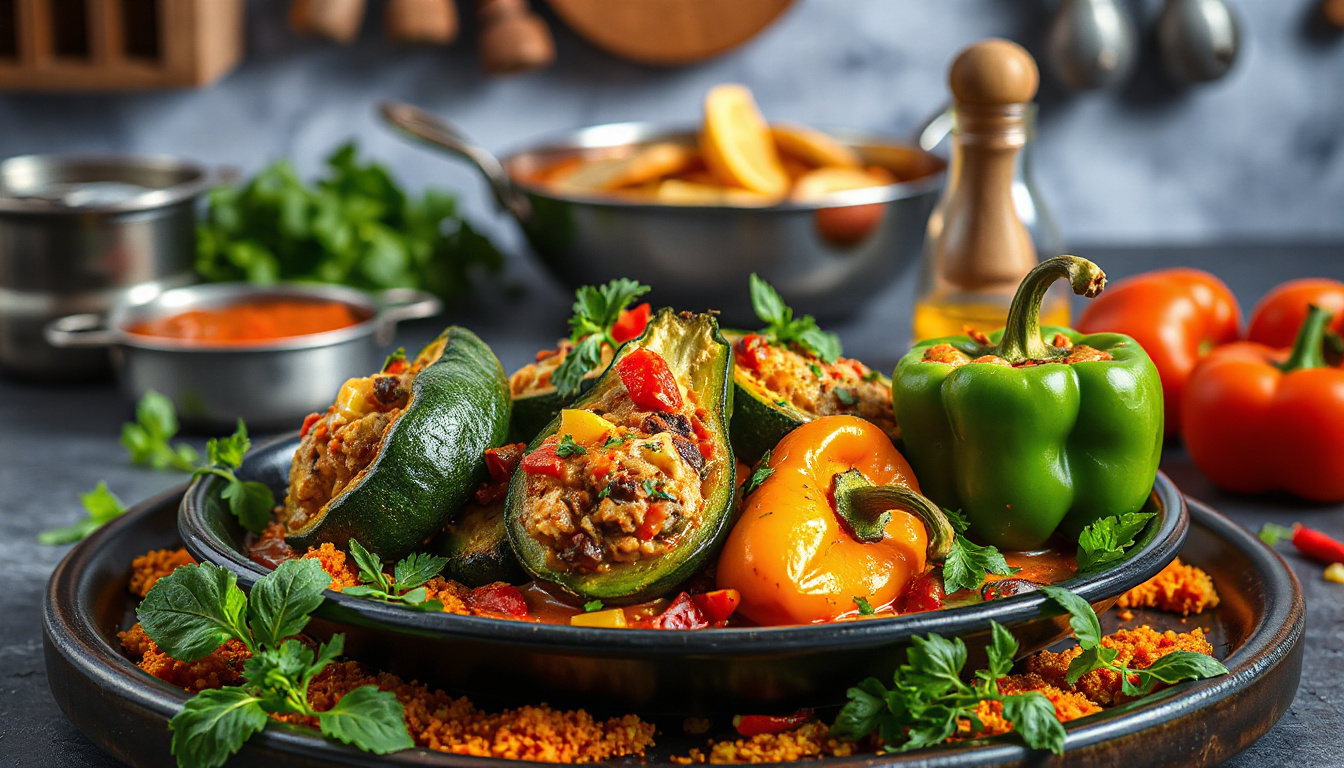If you have a passion for Middle Eastern cuisine, then you are likely to fall in love with Mahshi—a delightful dish that embodies the rich flavors and traditions of the region.
In this blog post, we will dive deep into the world of Mahshi.
From its meaning and cultural significance to its preparation and serving suggestions, our guide will help you explore this delicious dish, often enjoyed on special occasions and family gatherings.
 Egypt, Turkey, and Lebanon.
Egypt, Turkey, and Lebanon.
Originating from the Arabic word ‘mahshe’, which means ‘stuffed’, Mahshi refers to an array of vegetables that are hollowed out and filled with a mixture of rice, meat, and spices.
This culinary tradition dates back to the Ottoman Empire, where the art of stuffing vegetables became prominent.
Each country has developed its own unique versions, influenced by local ingredients and flavors, which contribute to its cultural significance.
In Egypt, for instance, Mahshi is not just a dish; it’s often served during family gatherings and celebrations, symbolizing hospitality and abundance.
In Turkey, stuffed peppers, or ‘biber dolması’, hold a revered place in regional cuisines, frequently featured during special occasions and festive dinners.
The diversity in flavor profiles—from the aromatic spices in Lebanese Mahshi to the sweetness of the tomato sauce in Egyptian versions—reflects the rich tapestry of cultural influences that shape this beloved dish.
Mahshi continues to be a cherished symbol of heritage, inviting families across generations to come together in its preparation and enjoyment.
‘Food is our common ground, a universal experience.’ – James Beard
 October 2025
October 2025

